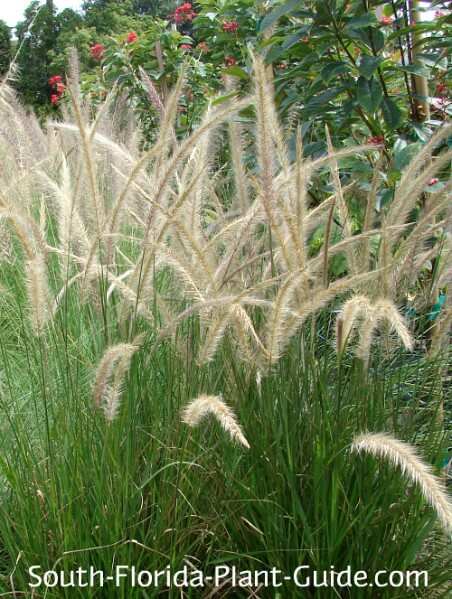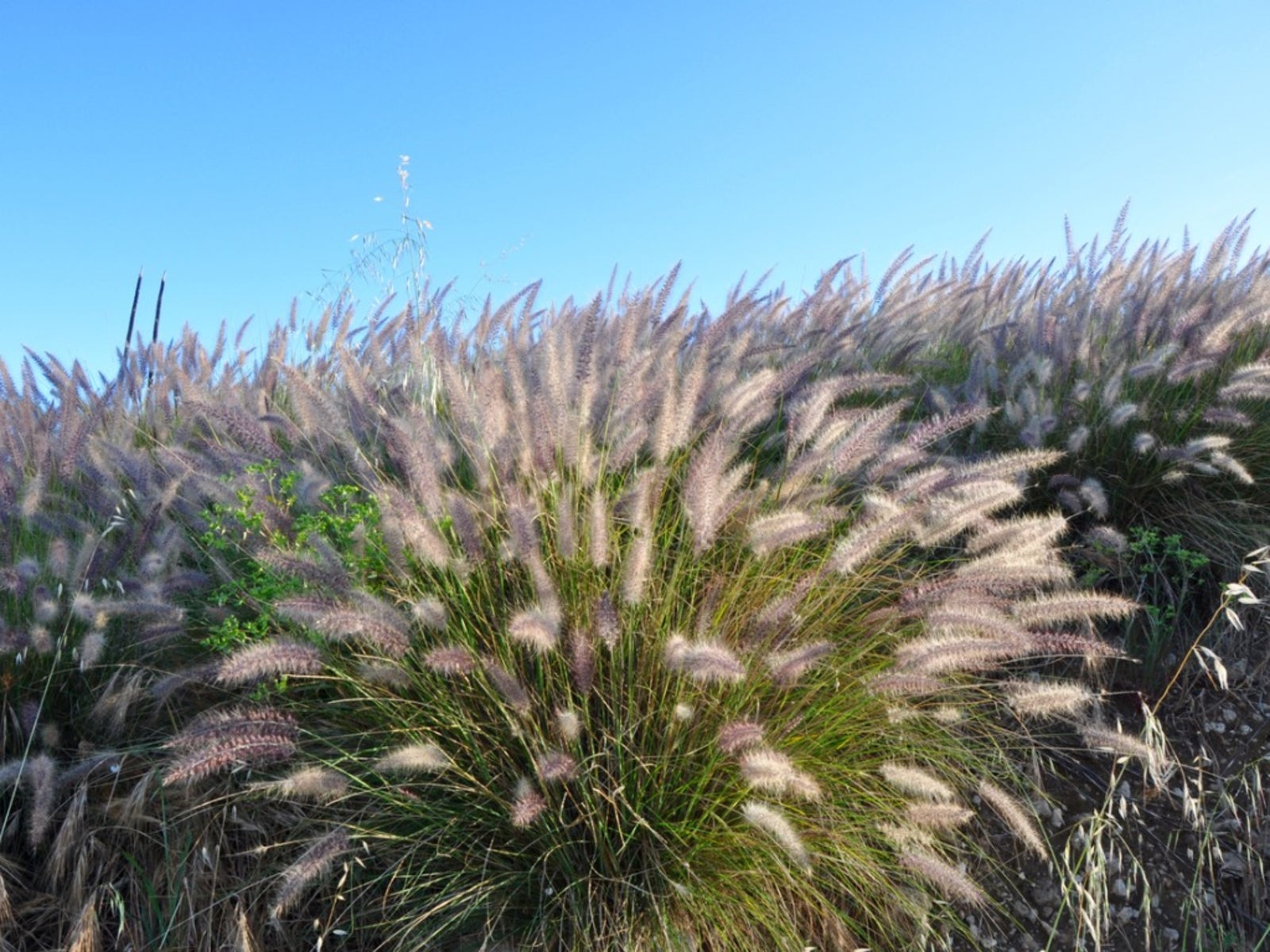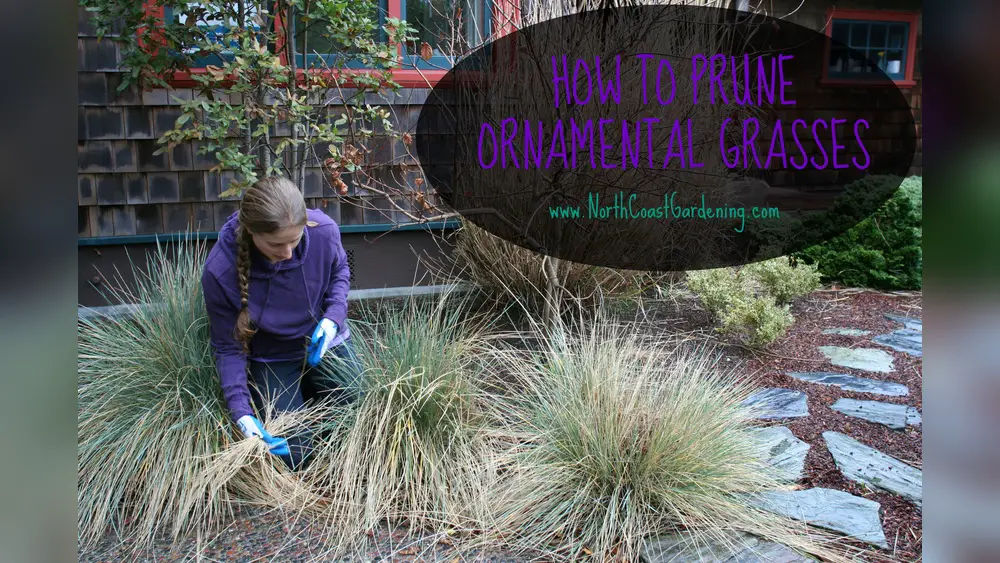Are you thinking about adding ornamental grasses to your Florida garden? Knowing the best time to plant them can make all the difference between a thriving landscape and a struggling one.
In Florida’s unique climate, timing is key to ensuring your grasses grow strong, stay healthy, and bring that beautiful texture and movement you want. Whether you’re a beginner or a seasoned gardener, this guide will help you discover exactly when to plant your ornamental grasses so they flourish year-round.
Keep reading to unlock the secrets to perfect planting timing and create the stunning garden you’ve been dreaming of!

Credit: www.provenwinners.com
Planting Seasons In Florida
Planting ornamental grasses in Florida requires attention to the best seasons for growth. Florida’s warm climate allows for multiple planting windows. Understanding these seasons helps your grasses thrive and look their best. Choose the right time to plant for strong roots and lush foliage.
Spring Planting Benefits
Spring is an ideal time for planting ornamental grasses in Florida. The soil warms up, encouraging root growth. Plants establish well before the hot summer months arrive. Spring planting allows grasses to build strength early. This season also reduces the risk of frost damage.
Fall Planting Advantages
Fall offers great benefits for planting ornamental grasses too. Cooler temperatures reduce plant stress during establishment. Fall rains help keep soil moist without overwatering. Grasses planted in fall develop deep roots before winter. This leads to better growth in the following spring.
Regional Climate Effects
Florida’s climate varies from north to south. Northern regions experience cooler winters, needing earlier planting. Central and southern Florida have milder winters, allowing later planting. Coastal areas may face salt spray, affecting grass choice. Understanding your local climate improves planting success.

Credit: www.south-florida-plant-guide.com
Choosing Ornamental Grass Varieties
Choosing the right ornamental grass varieties is essential for a thriving Florida garden. Different grasses suit various climates and soil types. Selecting grasses that match Florida’s unique environment helps ensure healthy growth and visual appeal. Understanding the types of grasses available aids in making informed decisions.
Warm-season Grasses
Warm-season grasses thrive in Florida’s hot, humid summers. They grow actively during late spring and summer months. Varieties like muhly grass and fountain grass add texture and color. These grasses tolerate heat and drought well. Planting warm-season grasses in spring allows strong root development before cooler months.
Cool-season Grasses
Cool-season grasses grow best in mild winter temperatures. They provide greenery when warm-season grasses go dormant. Examples include blue fescue and certain carex types. These grasses prefer planting in fall or early winter. Cool-season varieties add year-round interest to Florida landscapes.
Native Vs. Non-native Species
Native grasses adapt naturally to Florida’s climate and soil. They support local wildlife and need less water. Examples include wiregrass and broomsedge. Non-native grasses may offer exotic looks but often require more care. Choosing native species promotes sustainability and reduces maintenance efforts.
Preparing The Planting Site
Preparing the planting site is a crucial step for growing healthy ornamental grass in Florida. The right site ensures strong roots and vibrant growth. Take time to get the soil, sunlight, and space just right before planting.
Soil Requirements
Ornamental grasses prefer well-drained soil. Sandy or loamy soils work best in Florida’s climate. Avoid heavy clay soils that hold too much water. Improving soil with organic matter boosts nutrients and drainage. Test soil pH; most grasses thrive in slightly acidic to neutral soil (pH 6.0-7.0).
Sunlight And Drainage
Choose a spot that receives full sun for at least six hours daily. Most ornamental grasses need bright light to grow tall and full. Ensure good drainage to prevent root rot. Avoid low spots where water collects after rain. Proper drainage keeps roots healthy and plants strong.
Space And Spread Considerations
Ornamental grasses can spread wide as they grow. Check the mature size on plant tags before planting. Leave enough room for air circulation and growth. Crowded plants may suffer from disease and poor growth. Plan spacing based on the grass variety and garden design.
Planting Techniques
Planting ornamental grasses in Florida requires specific techniques for success. Proper planting ensures strong roots and healthy growth. Using the right method depends on your grass type and garden space. Choose the best technique to help your grasses thrive in Florida’s climate.
Using Gallon-size Plants
Gallon-size plants offer a quick start for your garden. These plants already have established roots. Dig a hole twice the size of the root ball. Place the plant carefully, then fill the hole with soil. Water deeply after planting to settle the soil. Gallon plants often show growth the first year. They are ideal for warm-season grasses in Florida.
Seed Starting Tips
Starting seeds indoors gives you control over growing conditions. Use seed trays or small pots with seed-starting mix. Keep the soil moist but not soggy. Provide warmth using a heat mat or warm room. Seeds usually sprout in one to two weeks. Transplant seedlings outdoors after they have several leaves. This method works well for cool-season grasses.
Direct Sowing Methods
Direct sowing places seeds straight into the garden soil. Prepare the soil by removing weeds and loosening it. Spread seeds evenly and cover lightly with soil. Water gently to avoid washing seeds away. Keep the soil moist during germination. This method suits large areas or naturalized grass patches. It requires patience, as seedlings take longer to establish.
Watering And Maintenance
Proper watering and maintenance keep ornamental grasses healthy in Florida’s climate. These grasses need balanced care to thrive through hot summers and mild winters. Understanding their irrigation, fertilization, and pest control needs helps maintain their beauty year-round.
Irrigation Needs
Ornamental grasses prefer deep, infrequent watering. This encourages strong roots and drought tolerance. Water newly planted grasses twice a week for the first month. After establishment, reduce watering to once a week or less. Avoid overwatering to prevent root rot and fungal problems.
Fertilization Schedules
Feed ornamental grasses lightly to keep them lush. Use a balanced slow-release fertilizer in early spring. Apply again in mid-summer if growth slows. Avoid heavy fertilization, which can cause weak stems and excess leaf growth. Organic compost can also improve soil health and nutrient levels.
Pest And Disease Management
Ornamental grasses are usually pest-resistant but watch for aphids and spider mites. Check leaves regularly for damage or discoloration. Remove dead or diseased foliage promptly to reduce infection risk. Use insecticidal soap or neem oil for minor infestations. Keep good air circulation around plants to prevent fungal diseases.
Pruning And Dividing
Pruning and dividing are key tasks to keep ornamental grasses healthy and attractive. These practices help control size, shape, and vigor. Regular care ensures grasses thrive in Florida’s climate.
Best Times To Prune
Prune ornamental grasses in late winter or early spring. This timing removes old growth before new shoots appear. Avoid pruning in fall to protect the plant during cooler months. Light trimming can occur anytime to tidy the appearance.
How To Divide Grasses
Divide grasses every 2 to 3 years to prevent overcrowding. The best time to divide is in early spring or late fall. Dig around the clump and lift it carefully. Use a sharp knife or spade to split the roots. Replant divisions immediately with fresh soil.
Encouraging Healthy Growth
Pruning and dividing encourage fresh, healthy shoots. Removing old leaves lets sunlight reach new growth. Dividing reduces competition for water and nutrients. Regular maintenance keeps ornamental grasses lush and vigorous in Florida gardens.
Controlling Spread And Invasiveness
Ornamental grasses add texture and color to Florida gardens but can spread quickly. Controlling their spread prevents invasiveness and protects other plants. Careful management keeps these grasses beautiful without overwhelming your landscape.
Managing Rapid Growth
Ornamental grasses grow fast in Florida’s warm climate. Regular trimming helps control their size and shape. Cutting back dead foliage in early spring encourages healthy new shoots. Remove flower heads before they release seeds to reduce self-seeding. Frequent monitoring catches early signs of unwanted spread.
Containment Strategies
Physical barriers stop grasses from spreading underground. Install root barriers at planting time for clumping varieties. Raised beds or containers also limit root expansion. Divide grasses every few years to keep them manageable. Clean tools and footwear prevent accidental seed spread to other areas.
Selecting Non-invasive Varieties
Choose grasses known for low invasiveness. Native species usually adapt well without taking over. Research plant habits before buying to avoid aggressive types. Some popular non-invasive options include Muhly grass and Blue Oat grass. Selecting wisely reduces maintenance and environmental impact.

Credit: www.gardeningknowhow.com
Seasonal Care Tips
Ornamental grasses add beauty and texture to Florida gardens year-round. Caring for them through different seasons keeps them healthy and vibrant. Seasonal care involves adjusting watering, pruning, and protection based on weather changes. Proper care helps grasses thrive despite Florida’s heat and occasional cold snaps.
Follow these tips to maintain your ornamental grass in all seasons and regions of Florida.
Preparing For Summer Heat
Florida summers bring intense heat and strong sun. Water grasses deeply early in the morning to reduce evaporation. Mulch around the base to keep roots cool and retain moisture. Avoid heavy fertilizing in summer; it stresses the plants. Trim dead or damaged blades to improve airflow and reduce disease risk.
Winter Protection Measures
Some ornamental grasses can suffer from frost in North Florida. Cut back dead foliage in late fall to prevent mold. Cover smaller plants with light frost cloth if cold snaps are forecast. Avoid heavy watering in winter; soggy soil harms roots. In South Florida, winter protection is usually minimal due to milder temperatures.
Adjusting Care By Region
Florida’s climate varies from north to south, affecting grass care. North Florida faces cooler winters requiring extra frost protection. Central Florida has moderate temperatures, needing balanced watering and pruning. South Florida’s warm climate allows year-round growth with less risk of cold damage. Know your local climate to tailor care for the best results.
Frequently Asked Questions
Can You Plant Ornamental Grasses In October?
Yes, you can plant ornamental grasses in October. Choose gallon-size plants for immediate impact. Both warm- and cool-season grasses establish well in fall. This timing supports strong root growth before winter.
Does Ornamental Grass Grow Well In Florida?
Ornamental grasses grow well in Florida, especially native species. They thrive with adequate rainfall and warm temperatures year-round.
What Can I Plant In October In Florida?
In October, plant cool-season crops like lettuce, kale, spinach, broccoli, cauliflower, carrots, radishes, and cabbage in Florida. South Florida can also start warm-weather crops and strawberries. Start seeds indoors for brassicas or sow root vegetables directly outdoors.
Do Ornamental Grasses Spread Quickly?
Many ornamental grasses spread quickly through rhizomes or seeds. Some varieties can become invasive if not controlled.
Conclusion
Planting ornamental grass at the right time helps it grow strong. Florida’s climate suits both warm and cool-season grasses. Fall offers good conditions for planting many types. Choose healthy plants and prepare the soil well. Water regularly to help roots establish quickly.
Early planting leads to better growth and color display. Enjoy the beauty and texture these grasses bring to your garden. A little care now pays off all year long. Start planting at the best time for lasting success.

